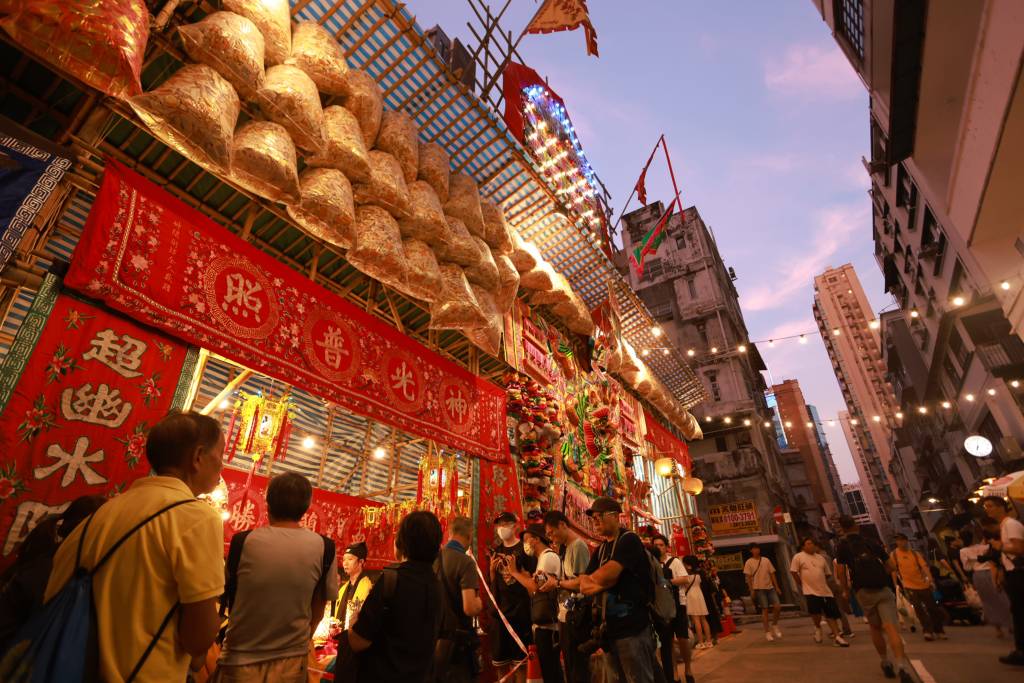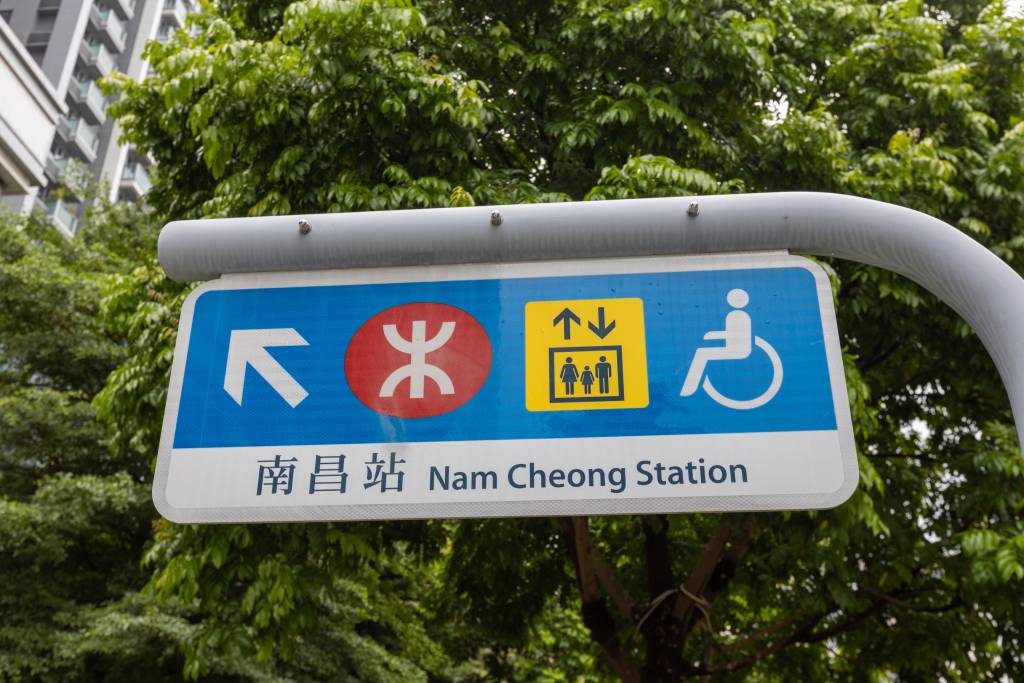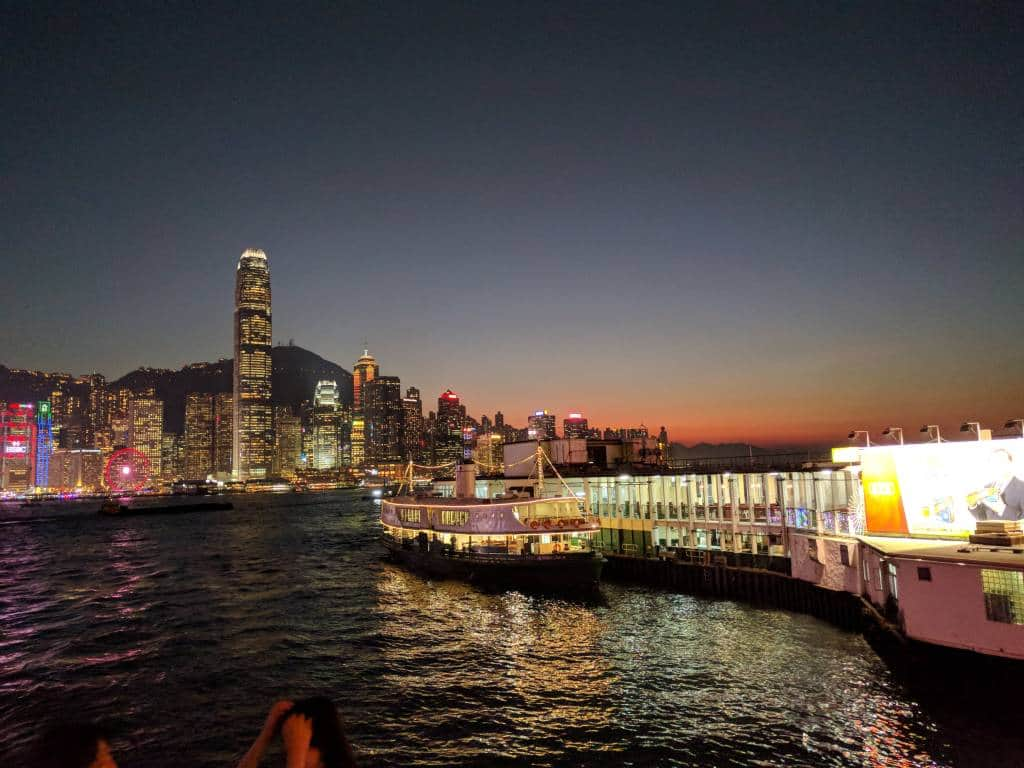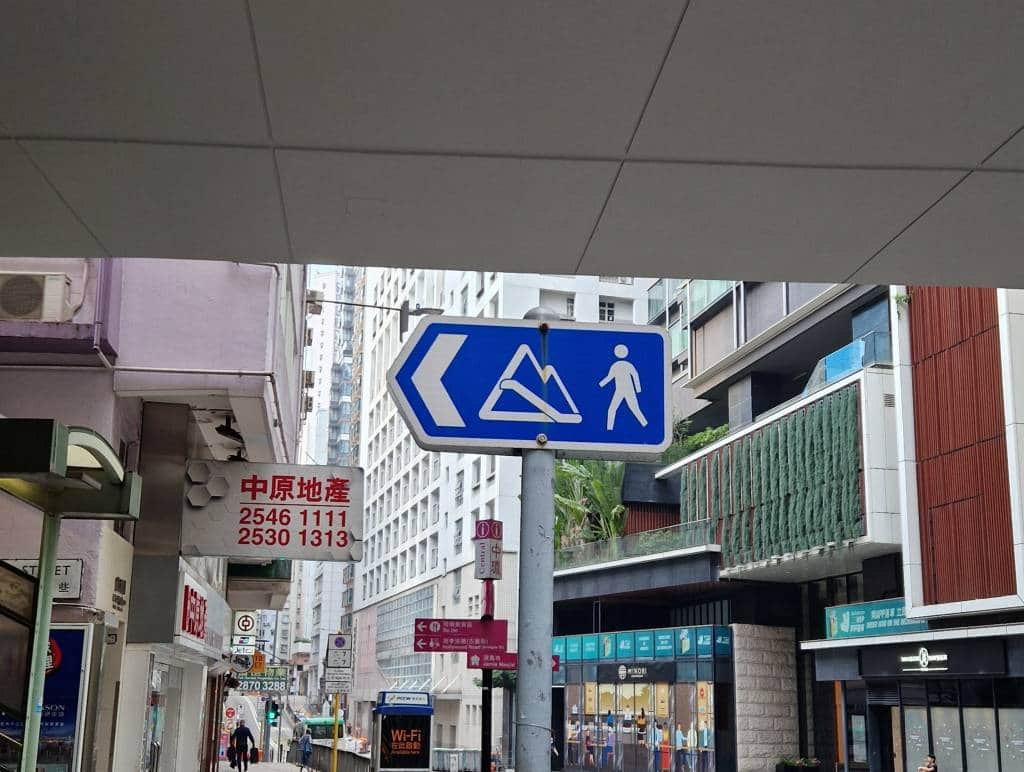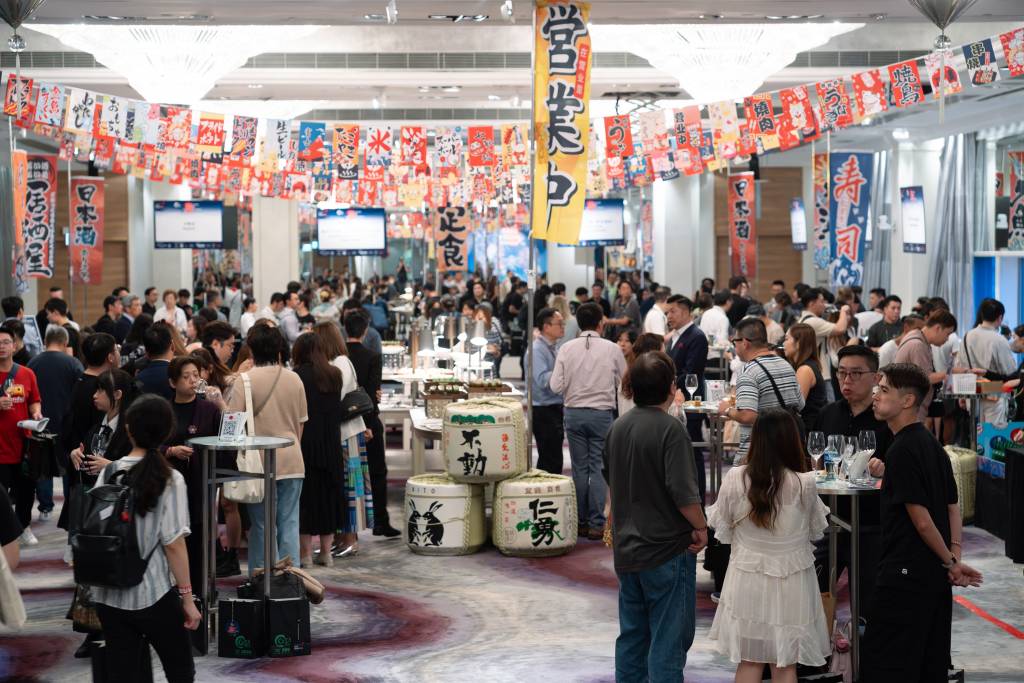With such a convenient train network, Hong Kong’s big buses are often overlooked, but these air-conditioned observation decks are the unsung heroes of the city’s public transport network and are often a much more comfortable option. They scale mountains, breeze past beaches and unlock neighbourhoods that the trains can’t reach. Read on to find out more about the main bus companies, how to use them and what their popular routes are.
If you’re looking for other modes of transport in the city, read our ultimate guide to getting around Hong Kong or check out our guide to Hong Kong Taxis and our tips on taking the minibus.
Why take the bus?

The big buses may not be the fastest option and they may not even be the cheapest, but they do have an extensive route network across all districts and offer a much more scenic alternative mode of transport (especially the double deckers). Buses can also offer a more direct route with less transfers and less walking required, perfect for the ridiculously hot summer months.
Plus, whilst the MTR stops running in the night, there are special night buses available which can be a game changer if you’ve had a late night and run out of cash for a taxi.
Finally, buses accept cash and Octopus cards and are extremely user friendly in terms of knowing how to get on and off. Many of the newer buses provide USB ports for charging and even have onboard WiFi, which is handy.
Types of big buses
Hong Kong’s big bus network is powered by four major players, separated by which districts and routes they typically operate on.
- Kowloon Motor Bus (KMB): KMB is the largest operator, dominating routes across Kowloon and the New Territories. With a fleet of over 4000 buses (mostly double decker) and around 420 routes, they’re the backbone of daily commutes for millions and stand out in a nice flashy red and gold so they are easy to spot.
- Citybus: Your go-to for Hong Kong Island routes and cross-harbour connections. These yellow and blue buses are common on some of the more popular tourist routes on the south side of the island, especially when traveling to Stanley or the Peak.
- Long Win Bus: If you’re heading to the airport from the New Territories or exploring Tung Chung and Disneyland, Long Win’s orange-and-white buses are your ride. They specialise in North Lantau routes and airport express services.
- New Lantao Bus (NLB): NLB serves the more remote corners of Lantau Island. Their green-and-white fleet tackles hilly terrain and scenic coastal roads to locations such as Tai O, Ngong Ping, and other off-the-beaten-path gems.
Useful Apps
Google may be useful for finding out which route to take but when it comes to bus arrival times, its timings can be way off. We highly recommend using Citymapper which provides real time information for all bus routes (including minibuses) as well as trains and ferries. However, there are also a few other key local apps which are still useful for comparing bus times and route information.
- HKeMobility (by the Transport Department) An all-in-one journey planner that covers all modes of transport—including buses from all companies. Good for comparing routes, seeing real-time arrival data, and checking walking directions to your bus stop.
- CitybusNWFB This app lets you track your ride in real-time, find nearby stops, and even set alerts for when your bus is approaching. It uses government transport data so also provides arrival time information for other bus company routes too.
- KMB & LWB Best for Kowloon, the New Territories, and airport routes. It offers route planning, next-bus arrival times, and fare info. It’s accurate but it’s clunky and users complain of frequent pop up ads.
How to pay
Payment is simple. Just tap your Octopus card on the card reader as soon as you board and your fare will be deducted. Most routes have a flat fare so there’s no need to tap again when you get off. However, some routes include section fares whereby tapping again when you exit can earn you a partial refund if you didn’t ride the whole way. These tend to be express, cross-district, or scenic island routes but it’s not always clear. Check the bus signage, route info on the apps, or just follow the lead of seasoned locals.
Buses also accept cash but no change is given so keep some coins or small notes ($10s, $20s) on you if you’re not sure how much value you’ve got left on your Octopus. Select routes are now accepting mobile payments such as AlipayHK and WeChat Pay but this isn’t always guaranteed.
Want to know more about the Octopus card? Check out our full run down on where to get an Octopus card and how to use it.
How to catch your bus
Unlike the Hong Kong Minibuses, finding your stop and flagging down the bus are much more straight forward with the regular buses.
- First, use Google or one of the above mentioned apps to find your nearest stop and check when your bus is due to arrive. Bus stops are clearly marked with the name of the specific bus stop you’re at and the name of the destination your bus is going to. Pro tip: bus arrival times are precise for a reason as the buses don’t hang around, so if you’ve only got 1 minute untill your bus arrives then you better run.
- Buses display their route number and destination at the front and side of the bus in nice clear writing so it’s pretty hard to miss. Flag down the bus as they do not automatically stop at each bus stop on their route. Board using the doors nearest the driver and tap your Octopus on the reader or pay your fare in the money box (no change given).
- Grab on to a handrail while you’re scoping out a seat as the bus drivers are on a strict schedule and don’t wait around for people to get settled. Pro tip: head upstairs for a window seat to get the best view but give yourself enough time to get back down the stairs so you don’t miss your stop.
- The names of the upcoming bus stops are displayed on screens at the front of the bus so when you see yours coming up, press the bell (located on handrails all over the bus) to let the driver know then use the doors in the middle of the bus for exiting. On most buses, the upcoming stop will also be announced on the PA in English and in Chinese but these can be hard to hear when the bus gets full and noisy.
Popular routes

Whether you’re sightseeing or commuting, these iconic routes offer a front-row seat to some of Hong Kong’s most stunning views and vibrant neighbourhoods:
- Central to Stanley – Citybus 260 / 6X / 6A / 6 / 66
Hop on from Central (Exchange Square) and ride all the way to Stanley Market or Stanley Beach. Route 260 is an express bus so is the fastest and most direct (but more expensive), while 6, 6X, 6A and 66 take their time meandering over the hills via Repulse Bay and Deep Water Bay. - Central to The Peak – Citybus 15 This winding uphill journey starts at Central (Pier 5) and ends at The Peak Bus Terminus. It’s a slow but spectacular ride through Mid-Levels and Wan Chai Gap, with sweeping views of the city and harbour. Definitely sit on the top deck for this one.
- Hong Kong Island to Kowloon – Citybus 101 / 104 / 182 These cross-harbour routes link Central, Admiralty, or Causeway Bay to Mong Kok, Tsim Sha Tsui, and beyond via the Cross-Harbour Tunnel. Route 182 even goes all the way to Mei Foo in the New Territories.
- Tung Chung to Big Buddha – New Lantao Bus 23 From Tung Chung Town Centre (accessible via the MTR), this route climbs up to Ngong Ping Village, home to the Tian Tan Buddha. Expect lush mountain scenery and hairpin turns.
- Airport to Mong Kok – Cityflyer A21 A direct and budget-friendly option from Hong Kong International Airport to Mongkok and beyond via Nathan Road. It’s a great way to get your first taste of Kowloon’s bustling neighborhoods from the top deck.
- Airport to Central – Cityflyer A11 This route connects the airport to North Point passing through Central, Admiralty, and Wan Chai. It’s a comfortable ride with luggage racks and free Wi-Fi.
For more airport related travel tips, check out our guide on getting to and from the airport.
Extra tips
- Don’t eat or drink on board. A pretty obvious one, but you risk being at the receiving end of some seriously dirty looks if you ignore this golden rule.
- Don’t put your feet up on the seat in front of you. It’s just common courtesy (even though it can be tempting to stretch out on a longer bus journey).
- Some routes are express buses so may not include every stop along the way. Also, certain routes put on special services during peak commuting times where they add or remove stops, so check your app and ask the bus driver if you’re still unsure.
- Late-night services (marked with an N by the route number) are much less frequent than their day time counterparts. Check the apps for up to date information.
- Hold on when you’re walking to your seat or trying to get off the bus. The drivers show no mercy regardless of your age or if you’re carrying baggage.
Looking for more tips about Hong Kong’s transport system? We’ve got loads more articles about getting around Hong Kong



